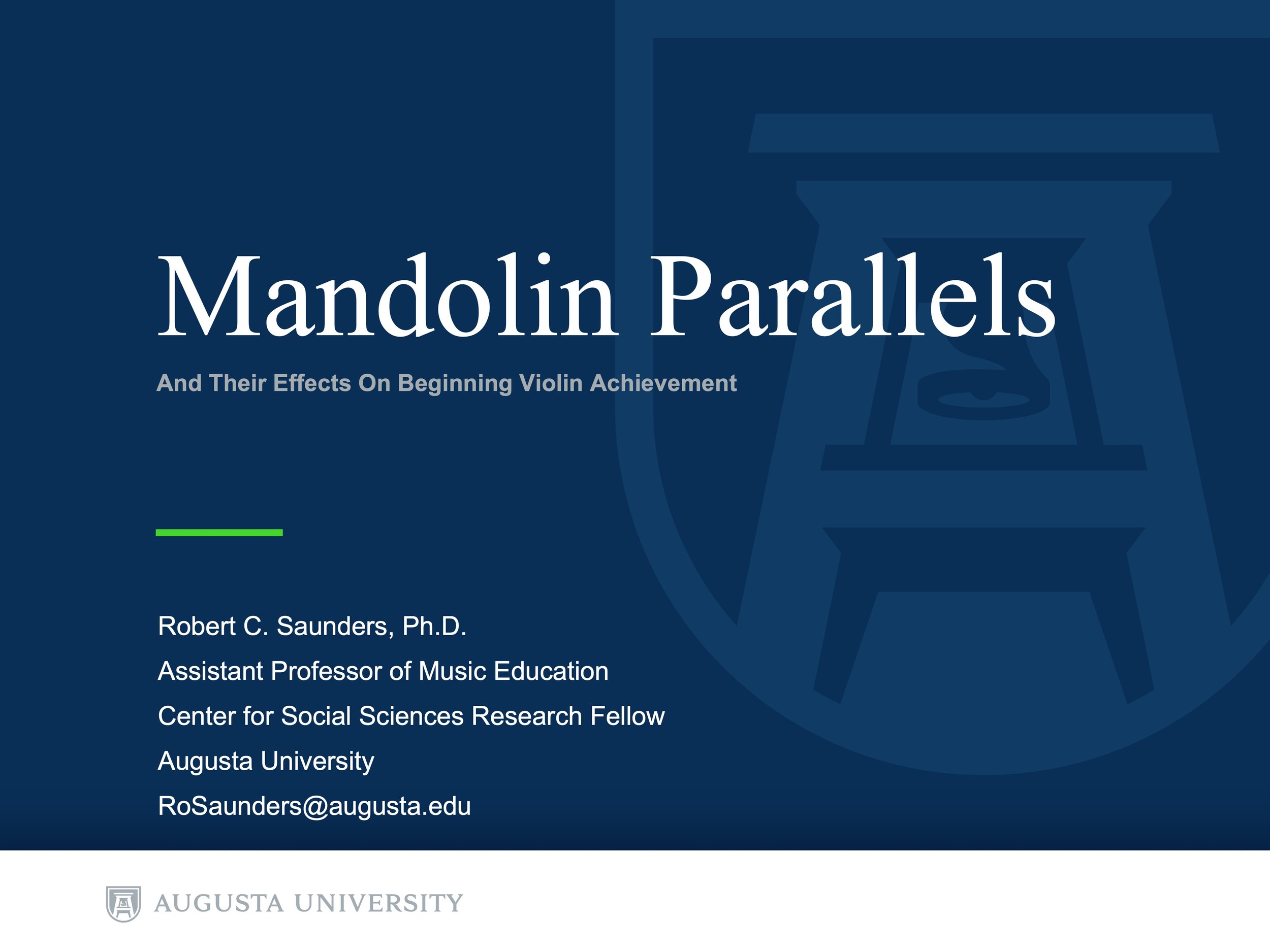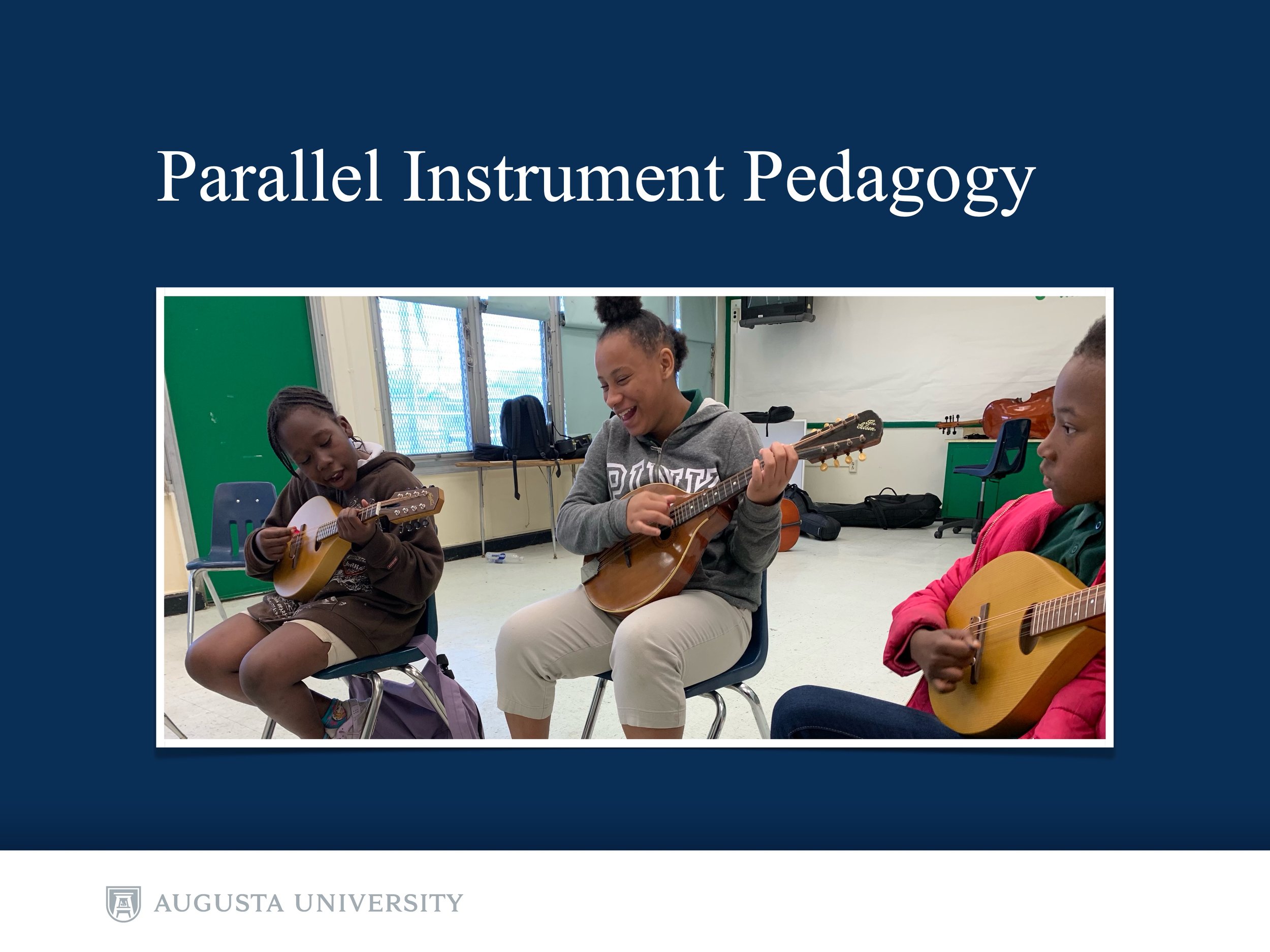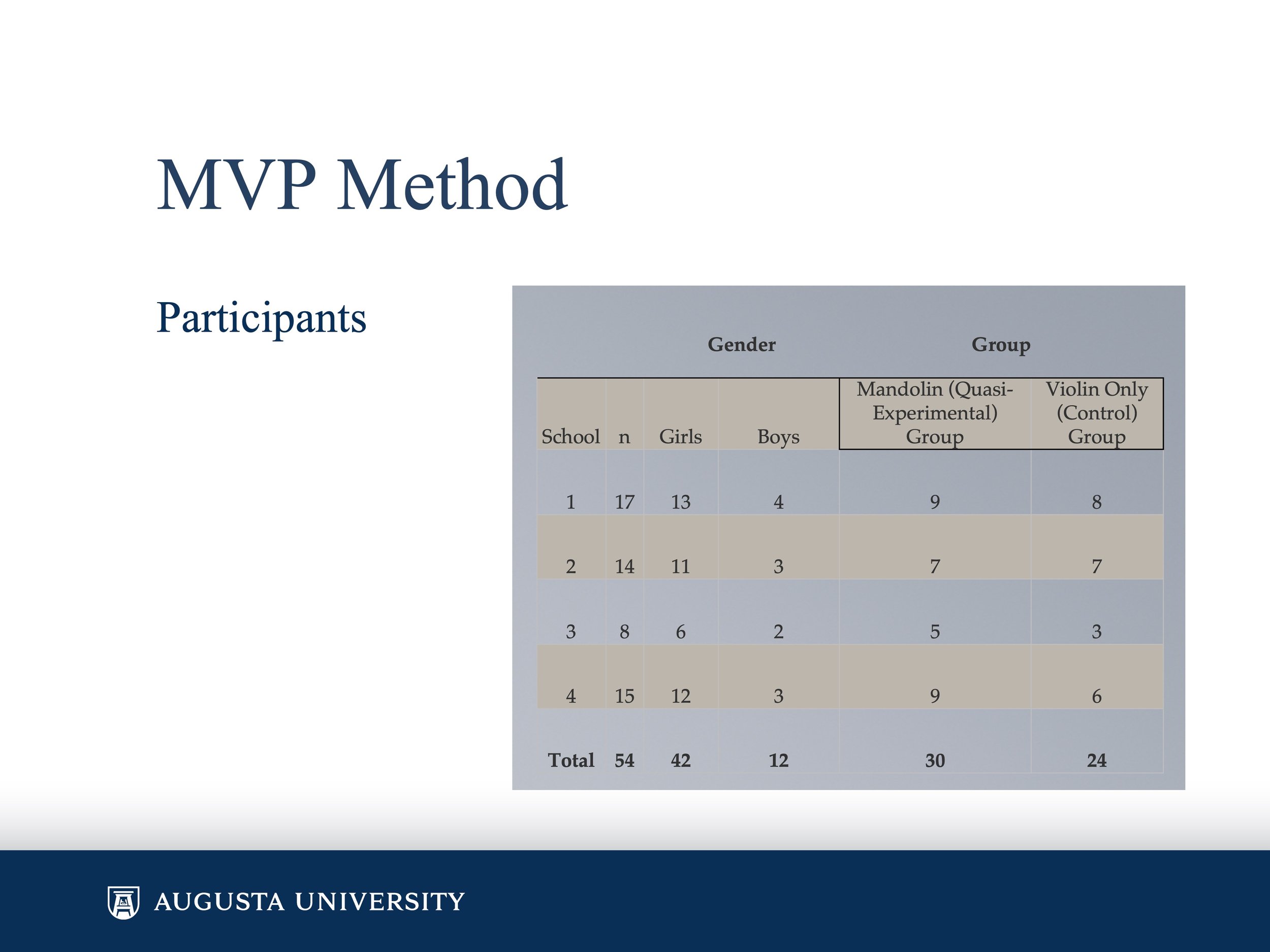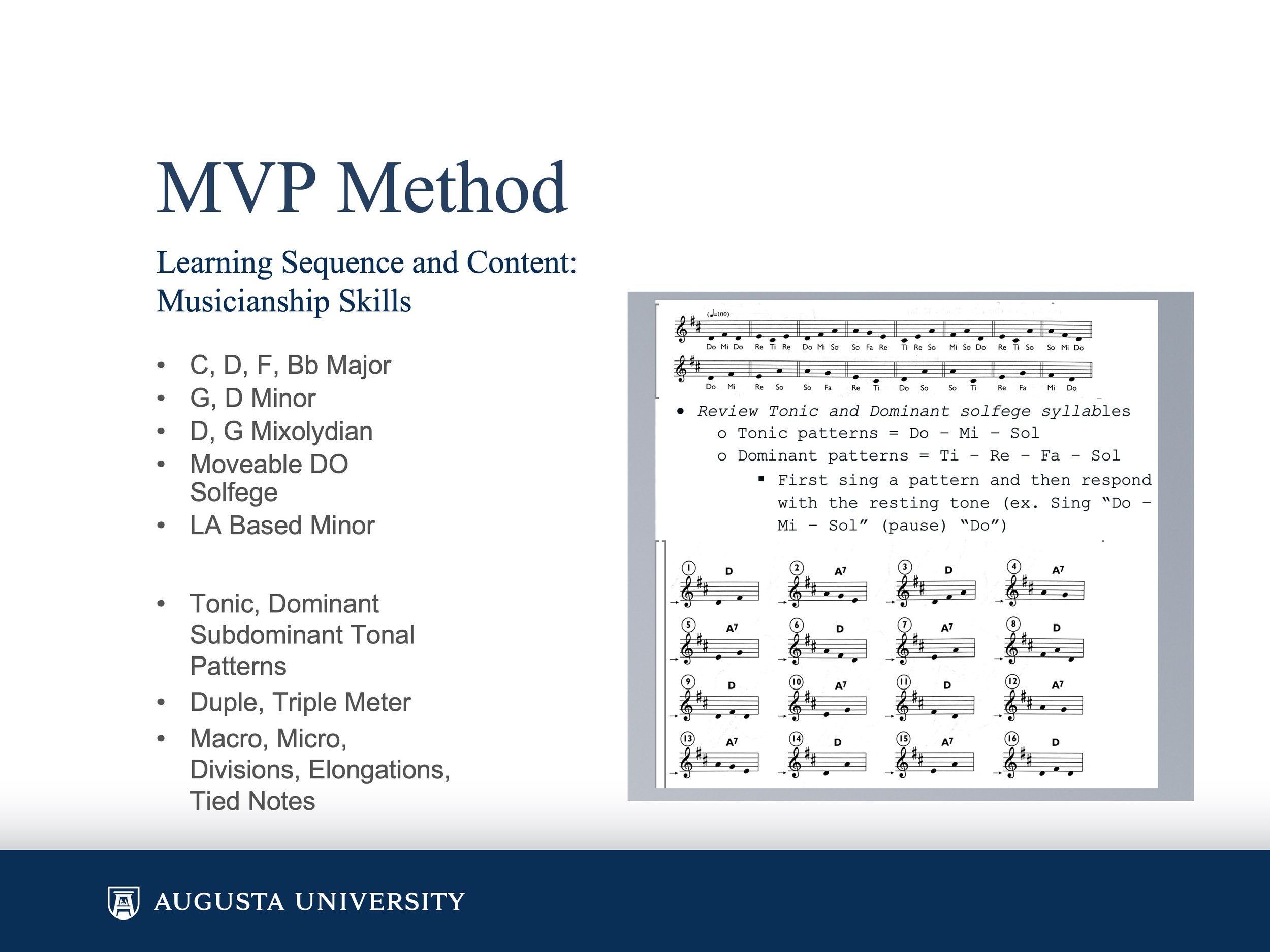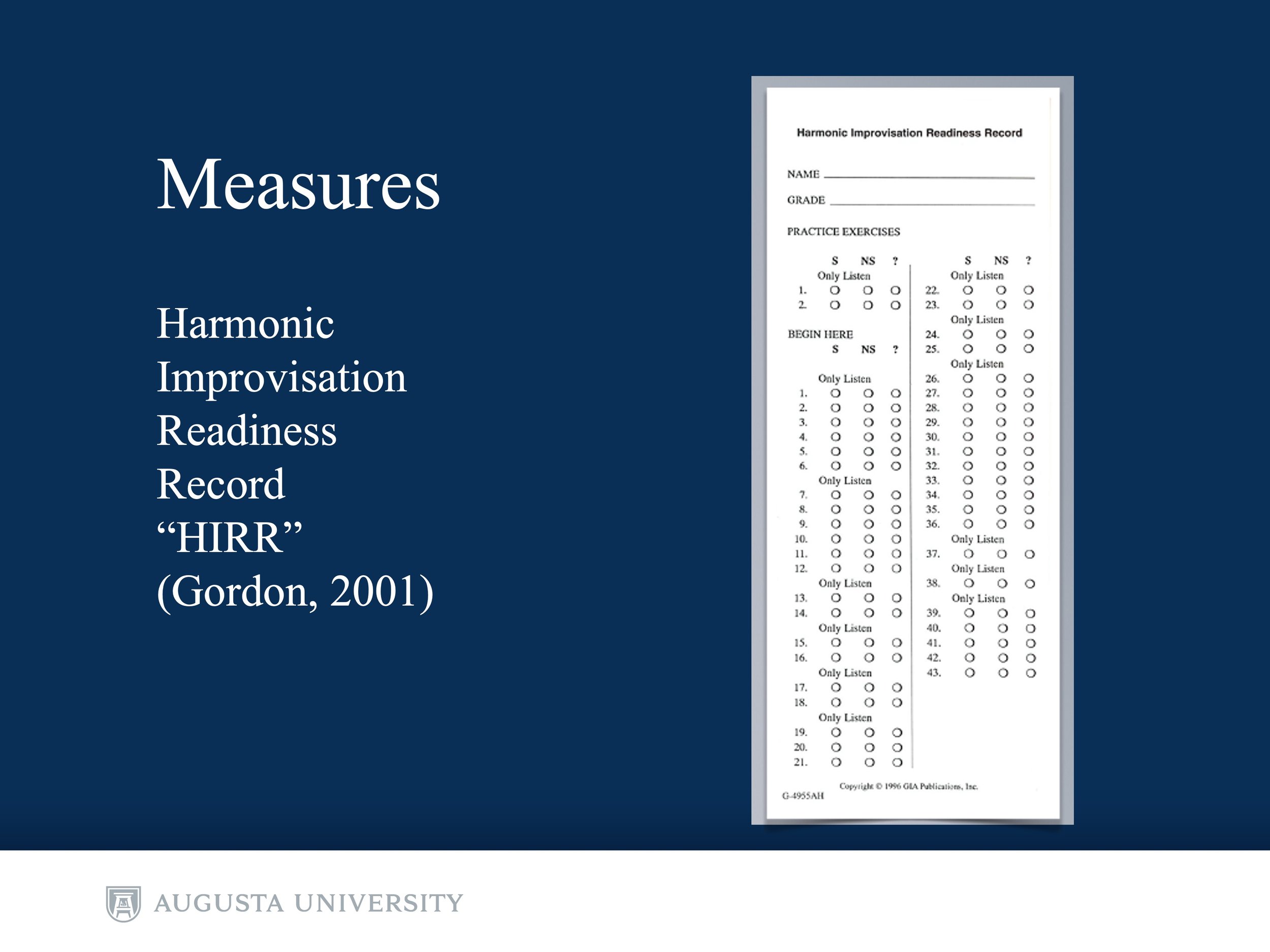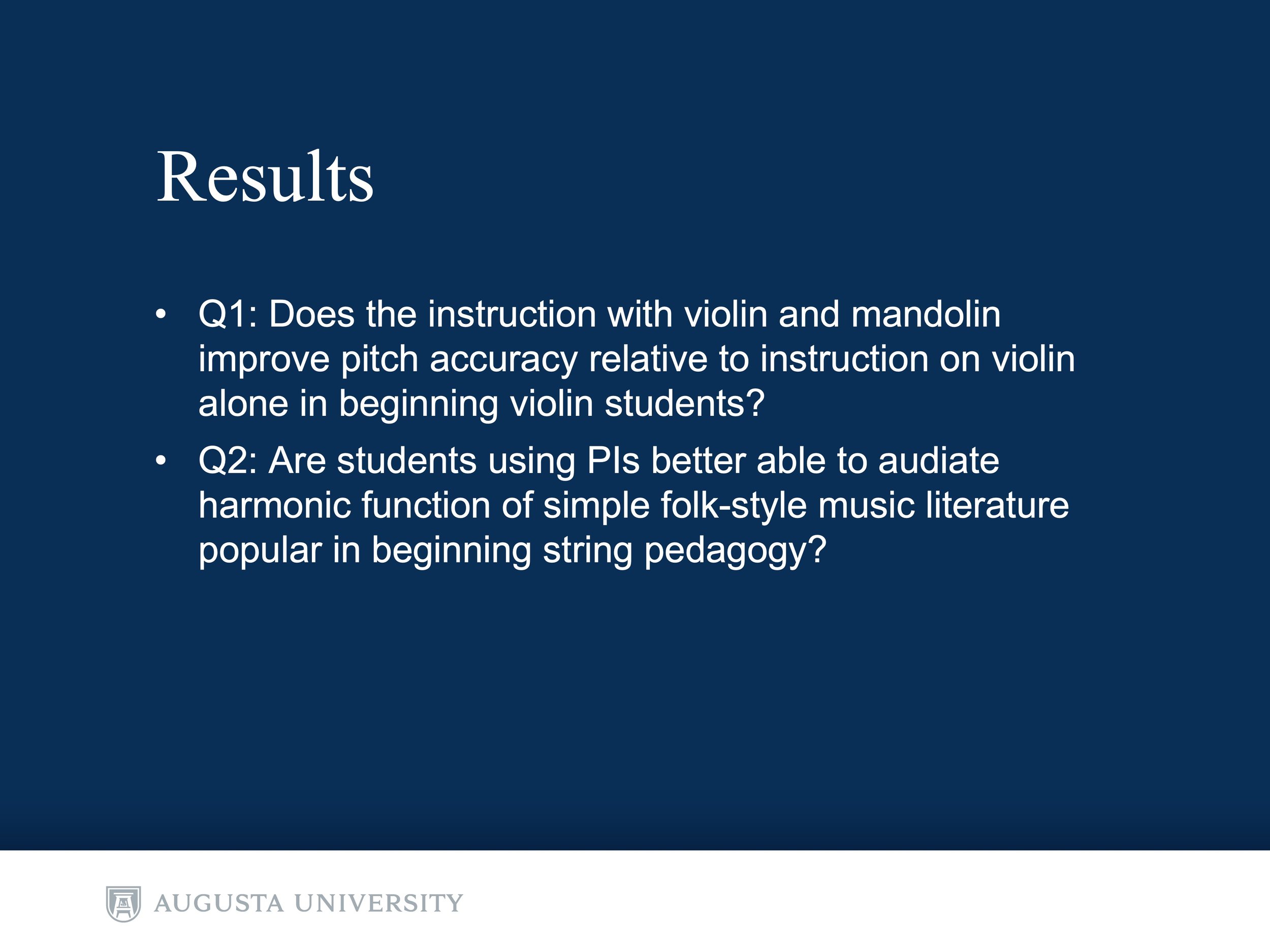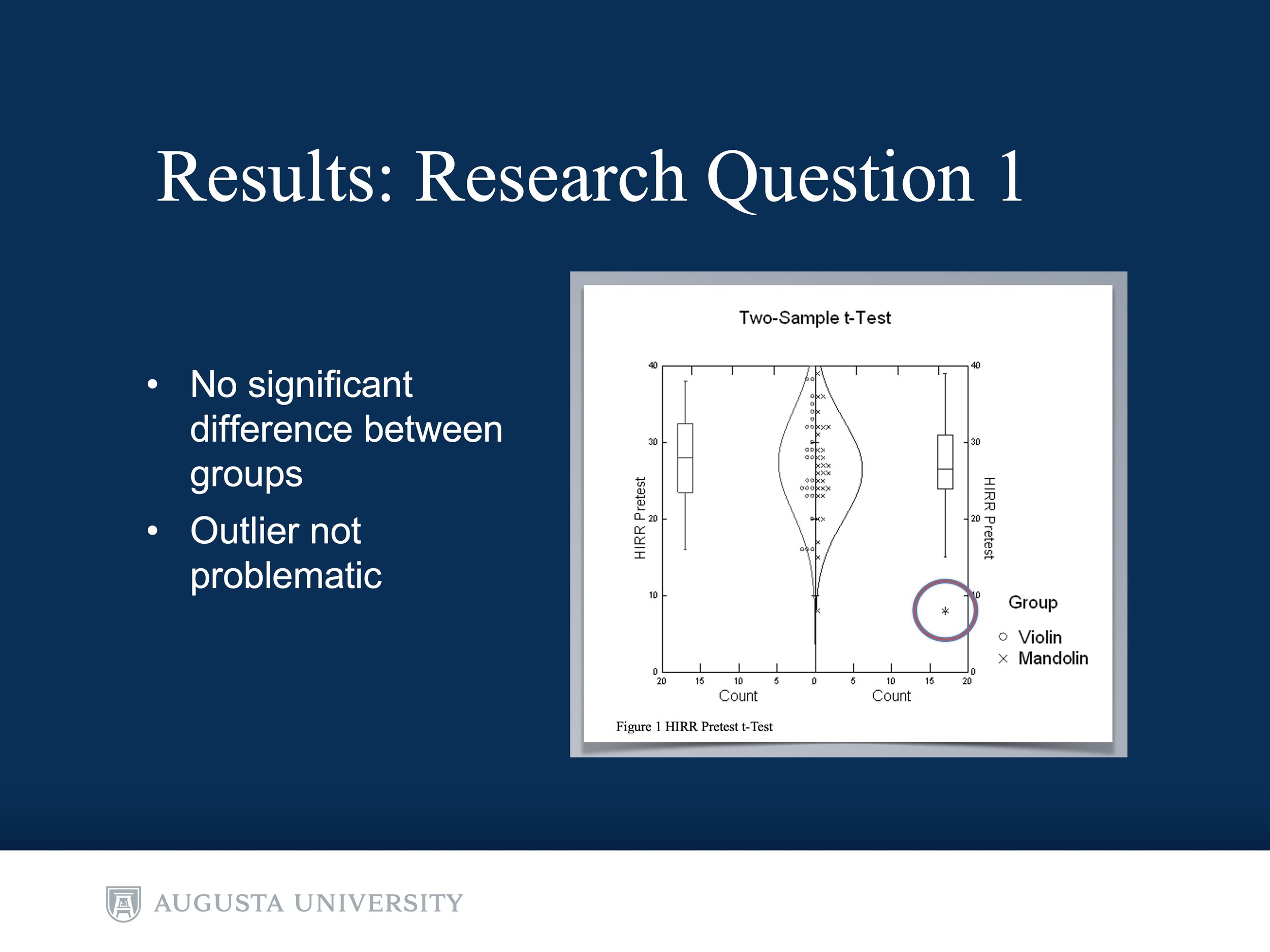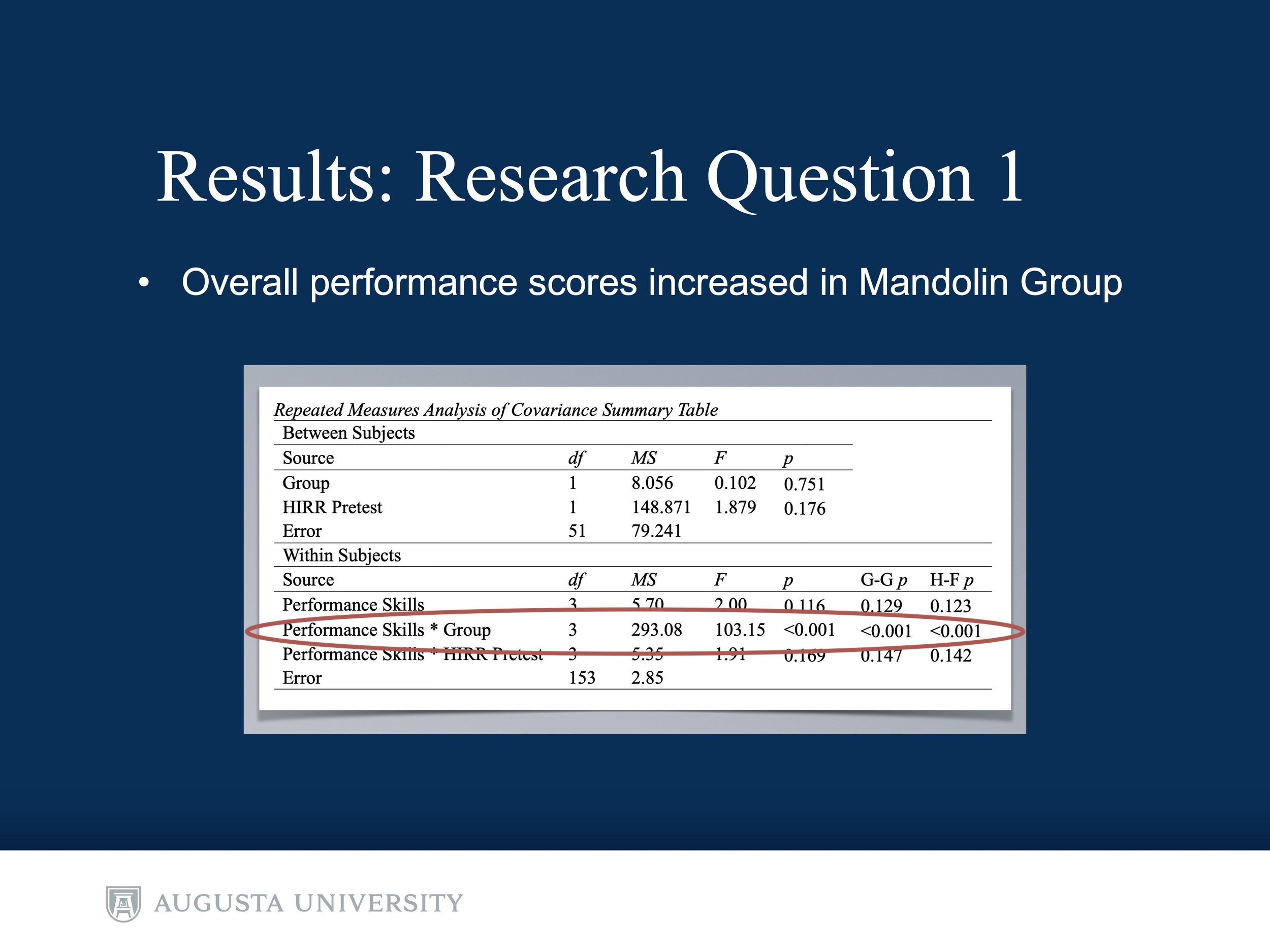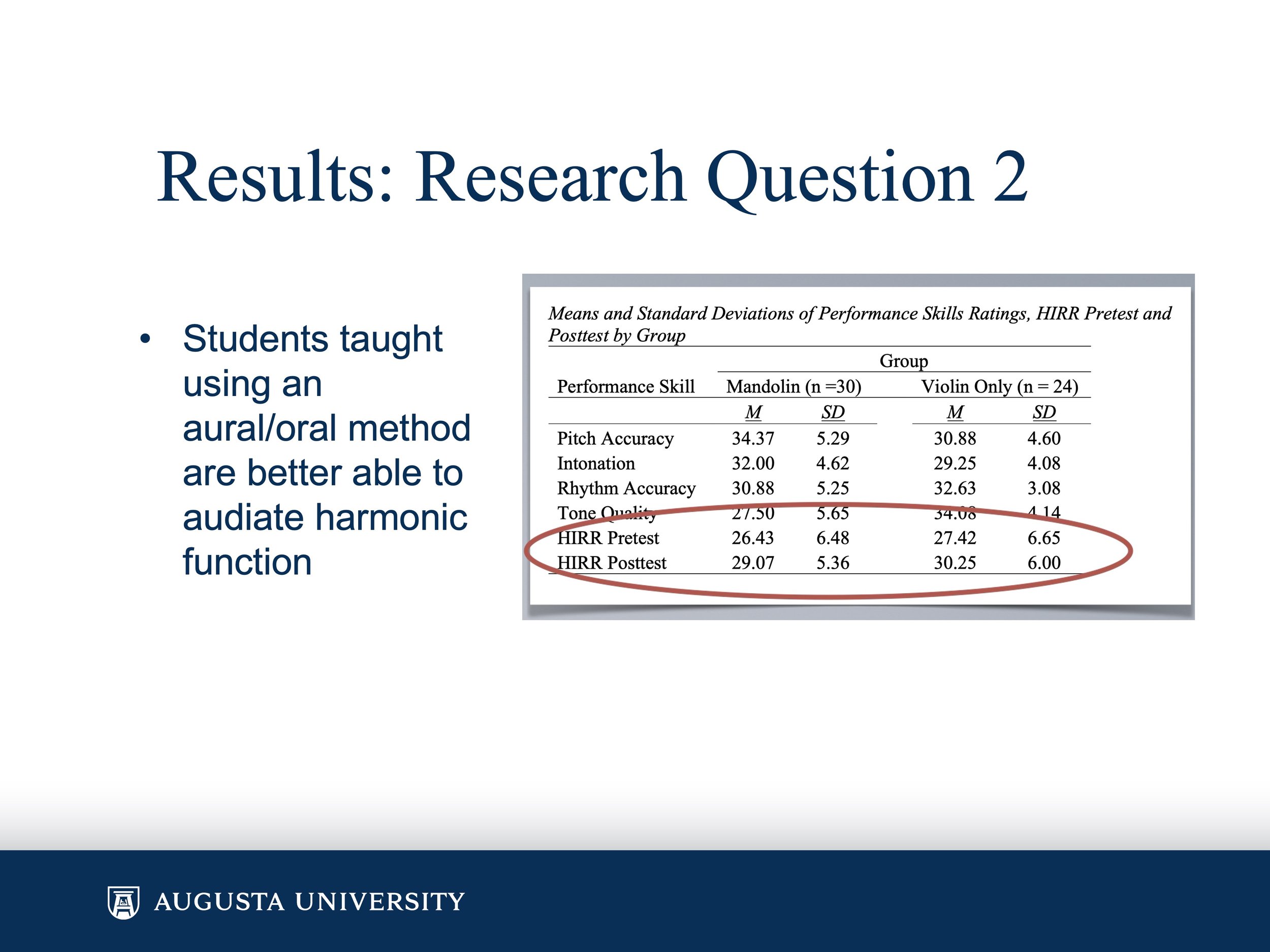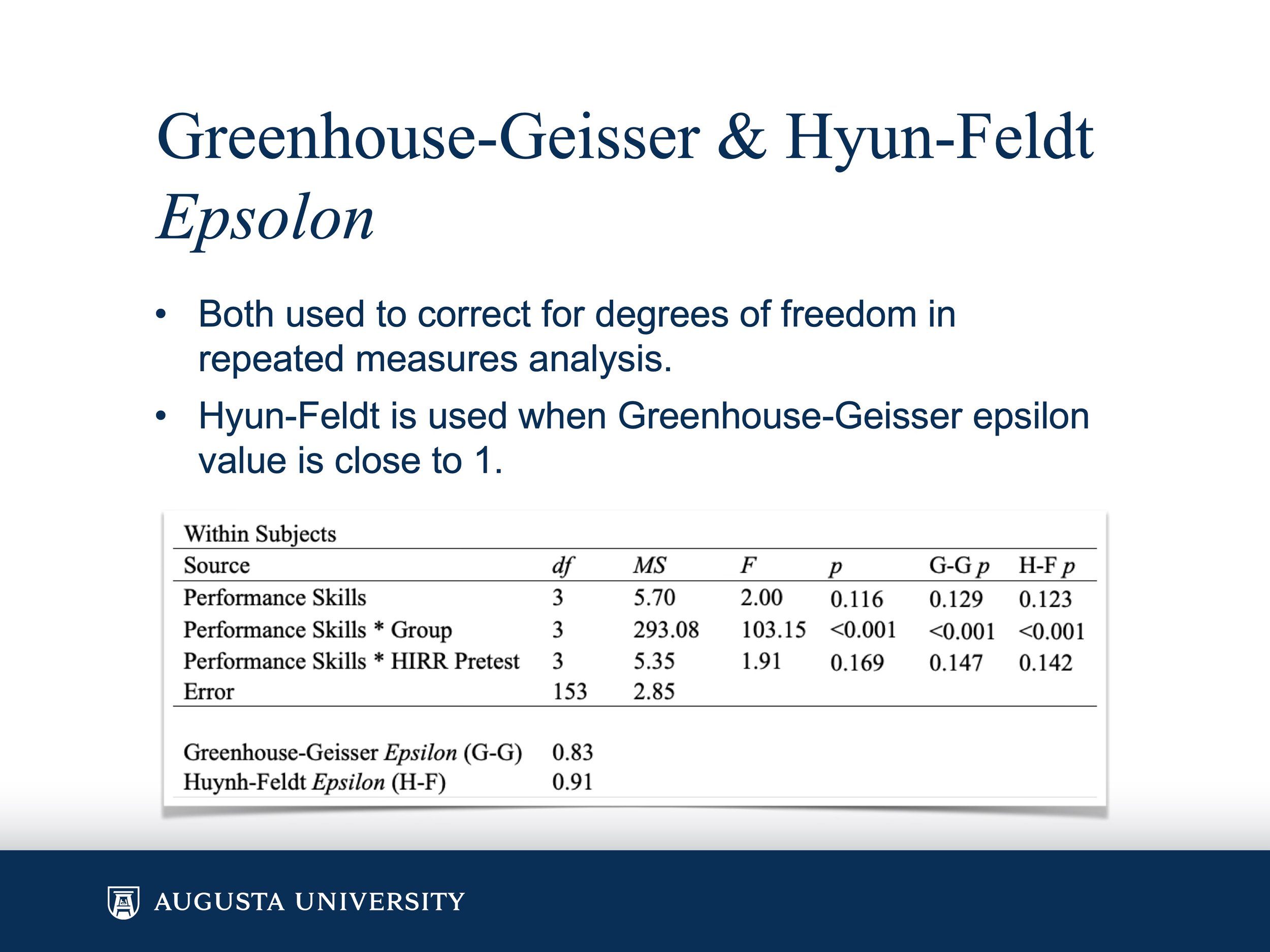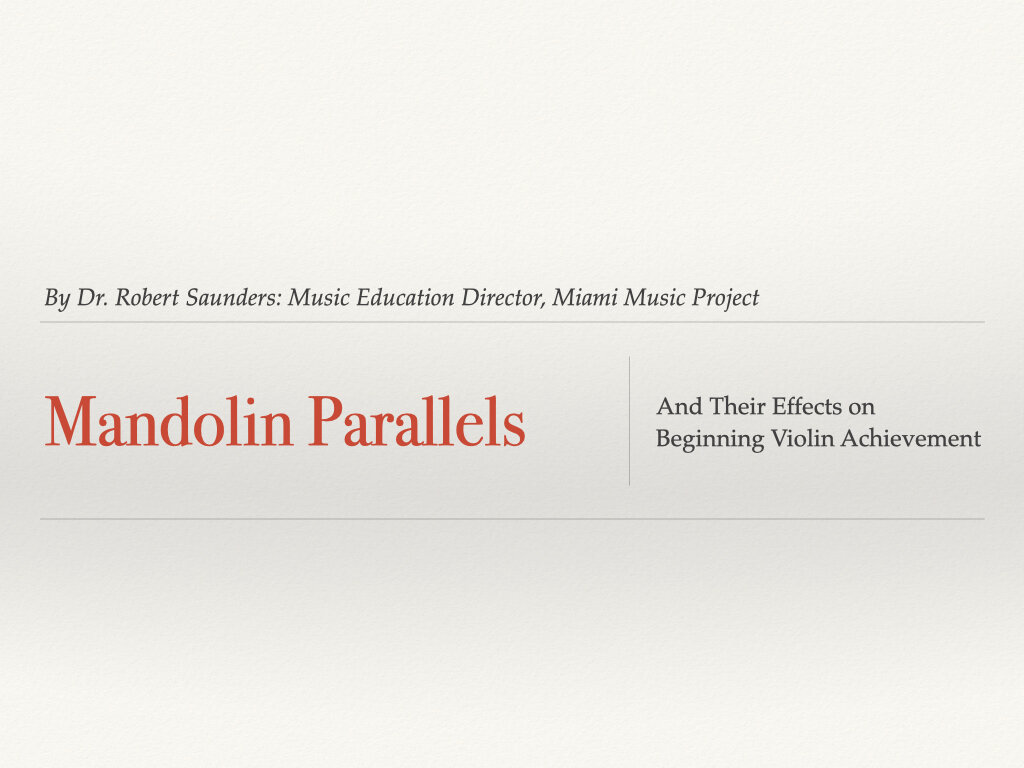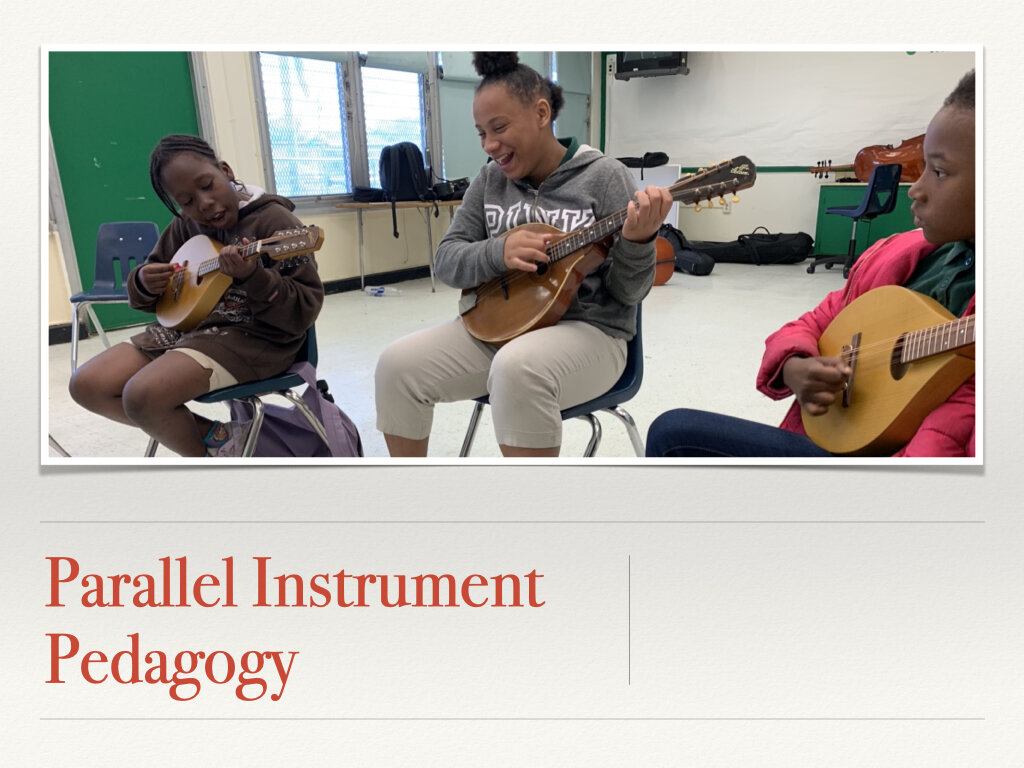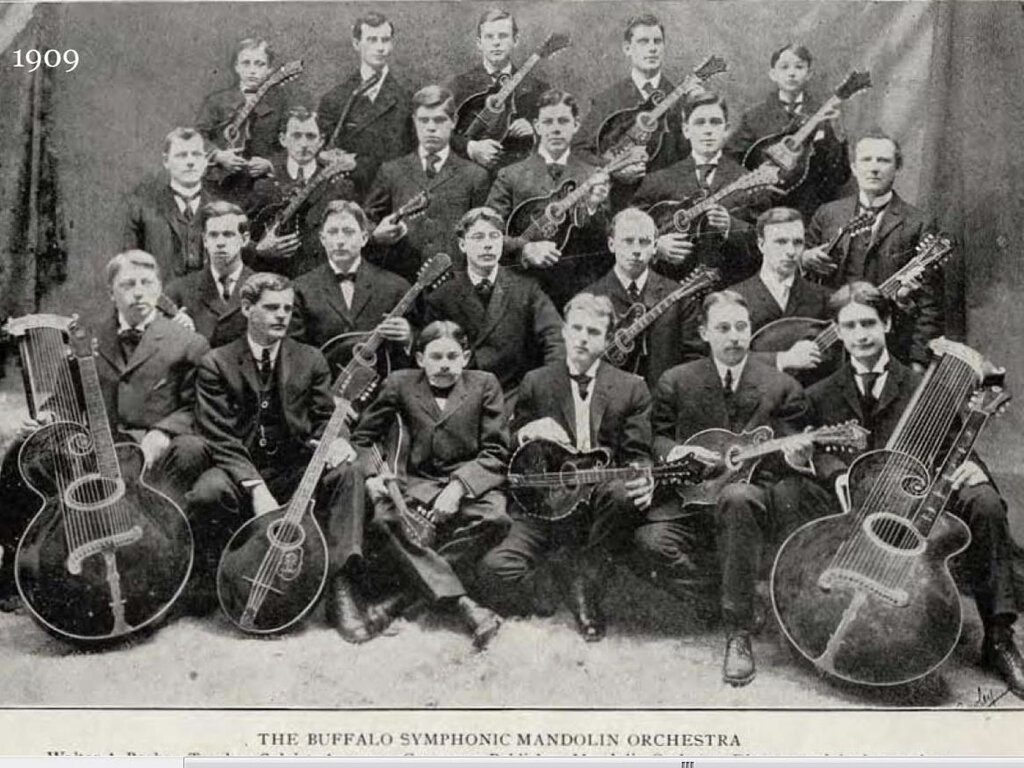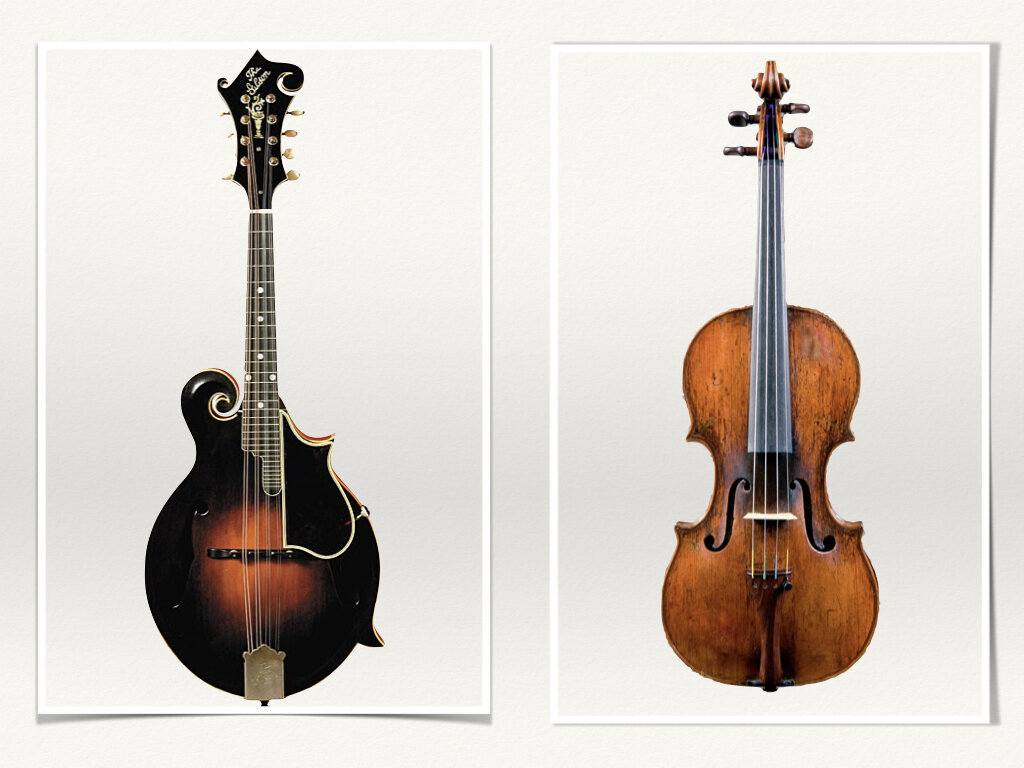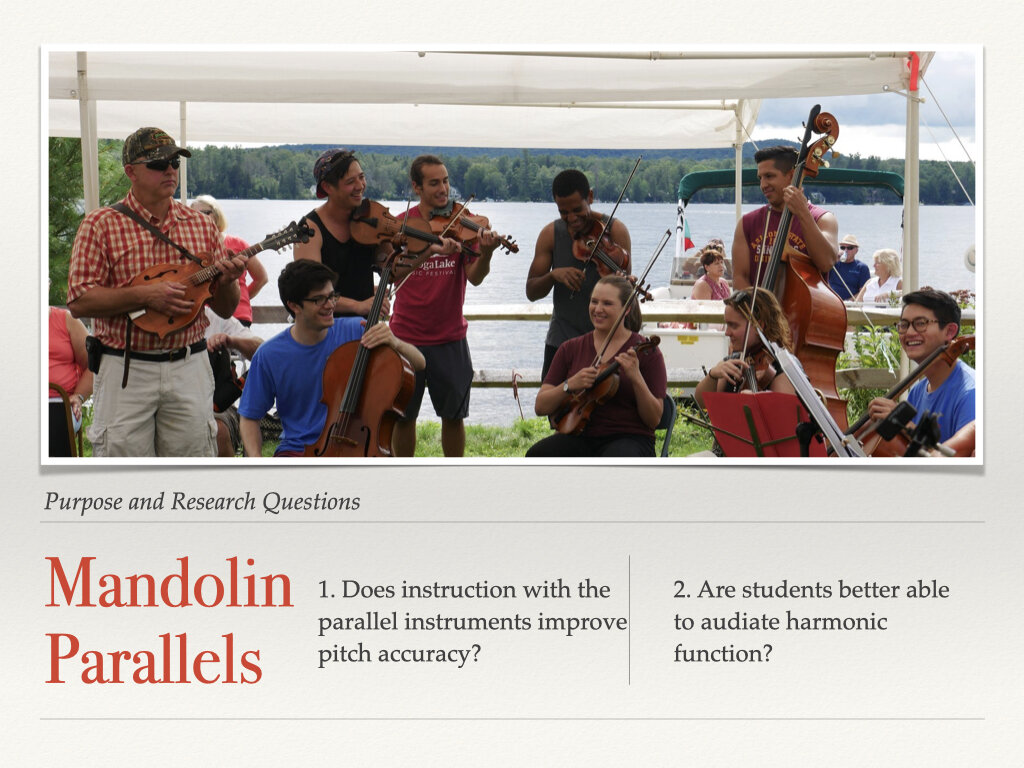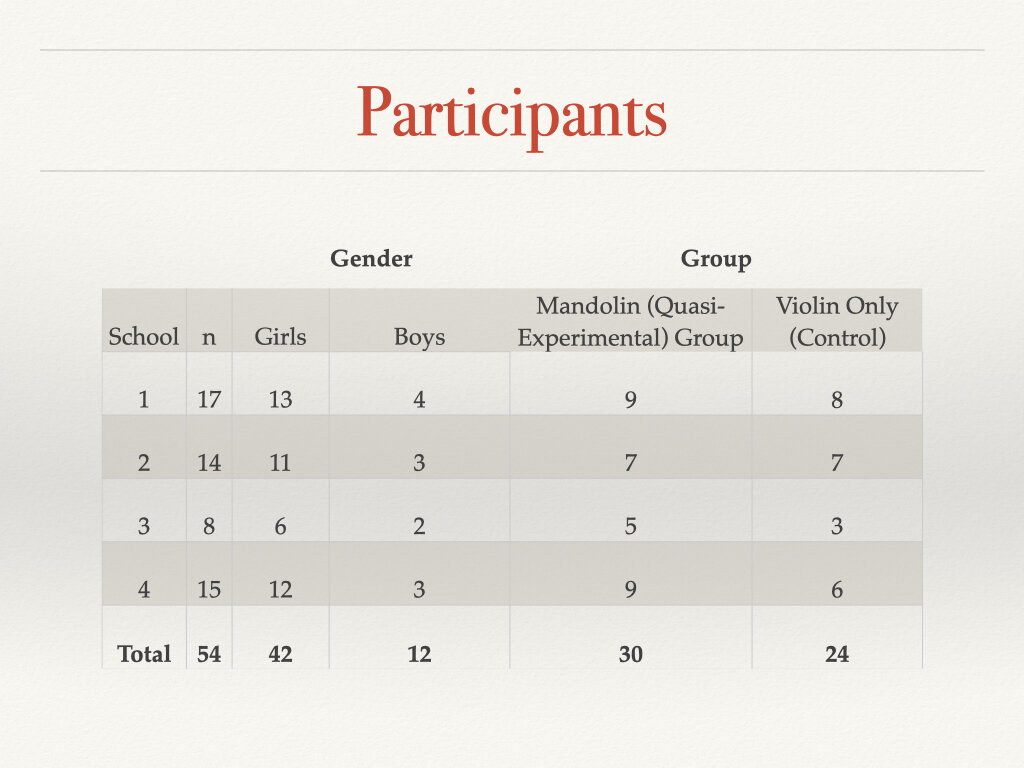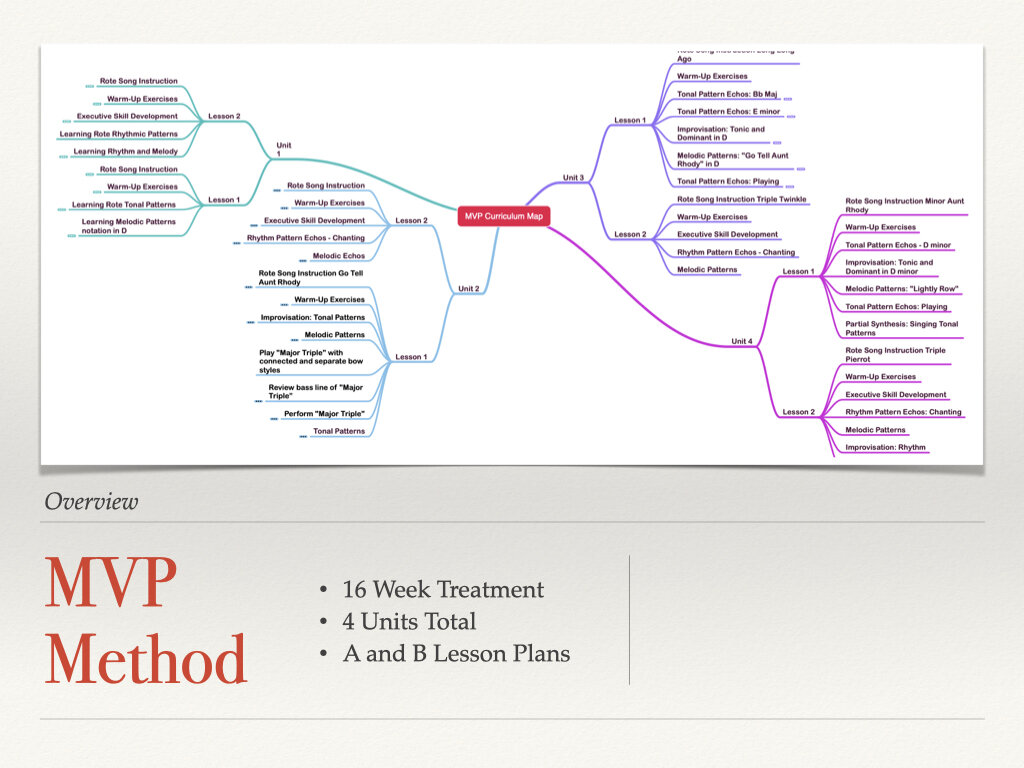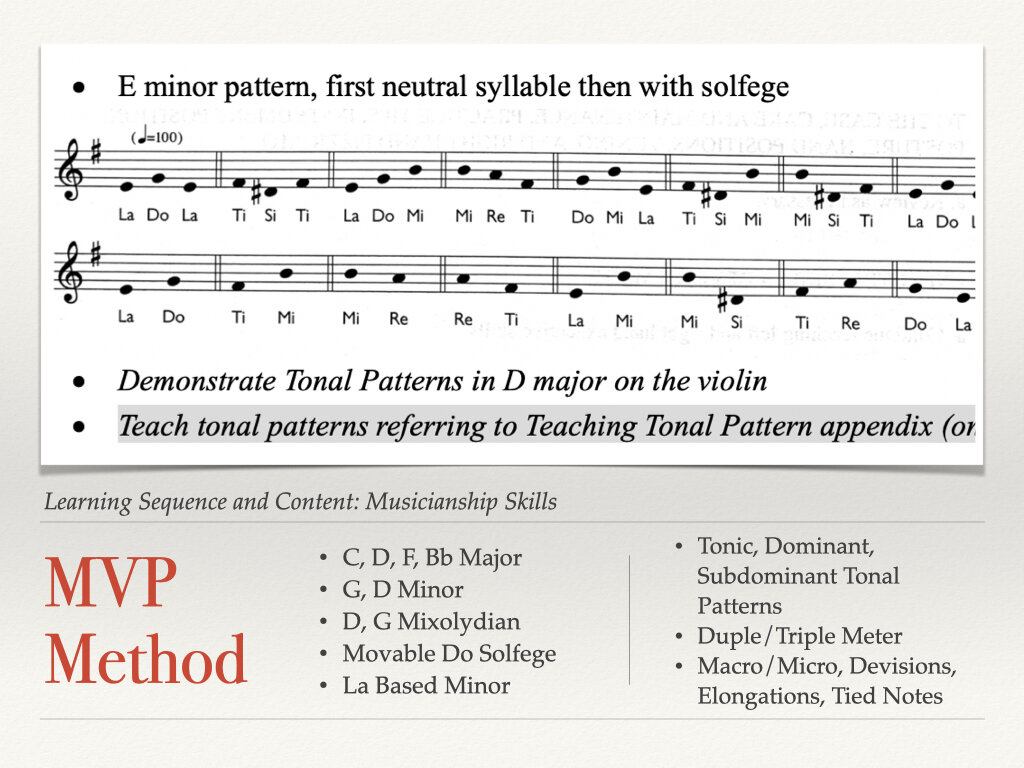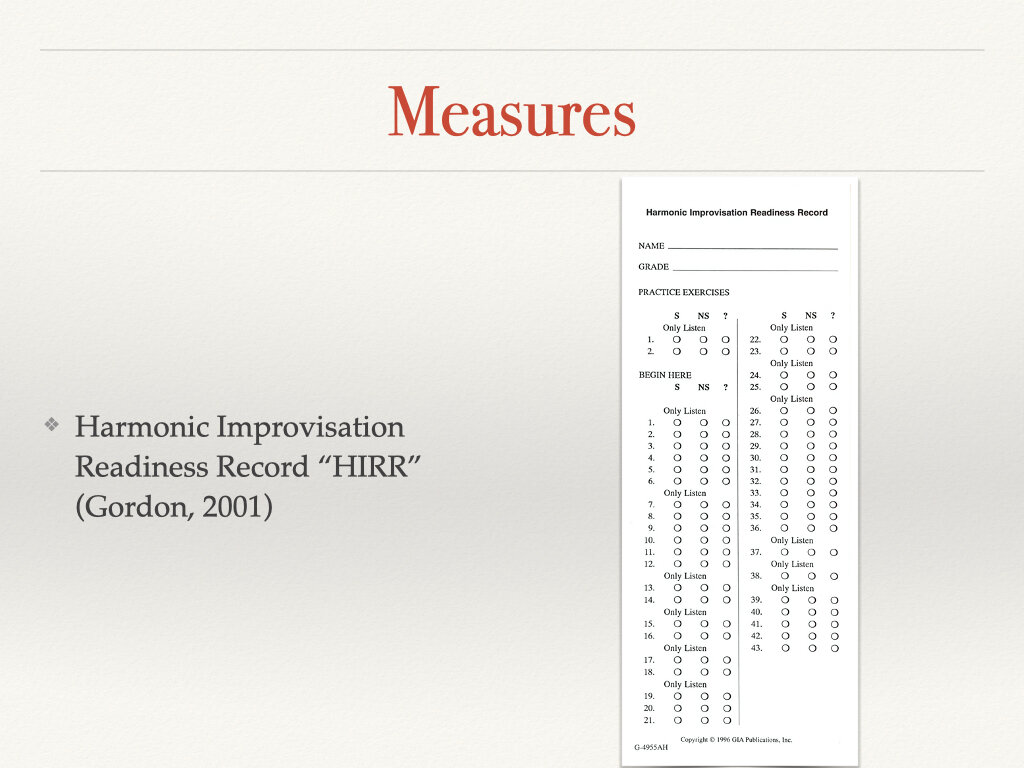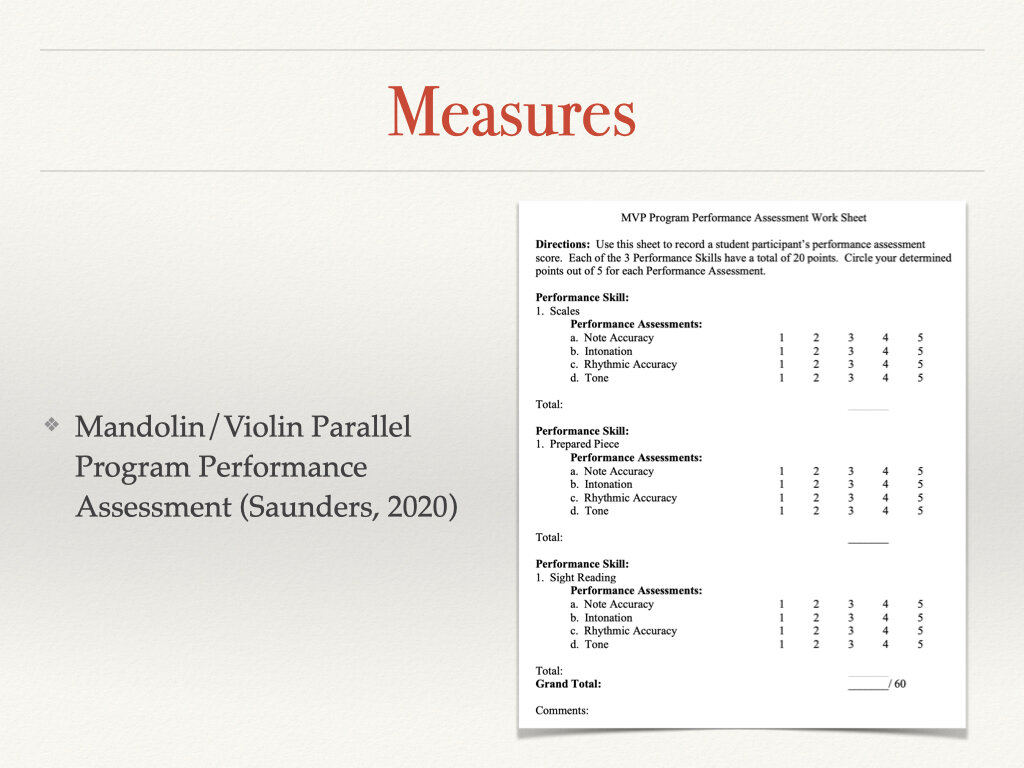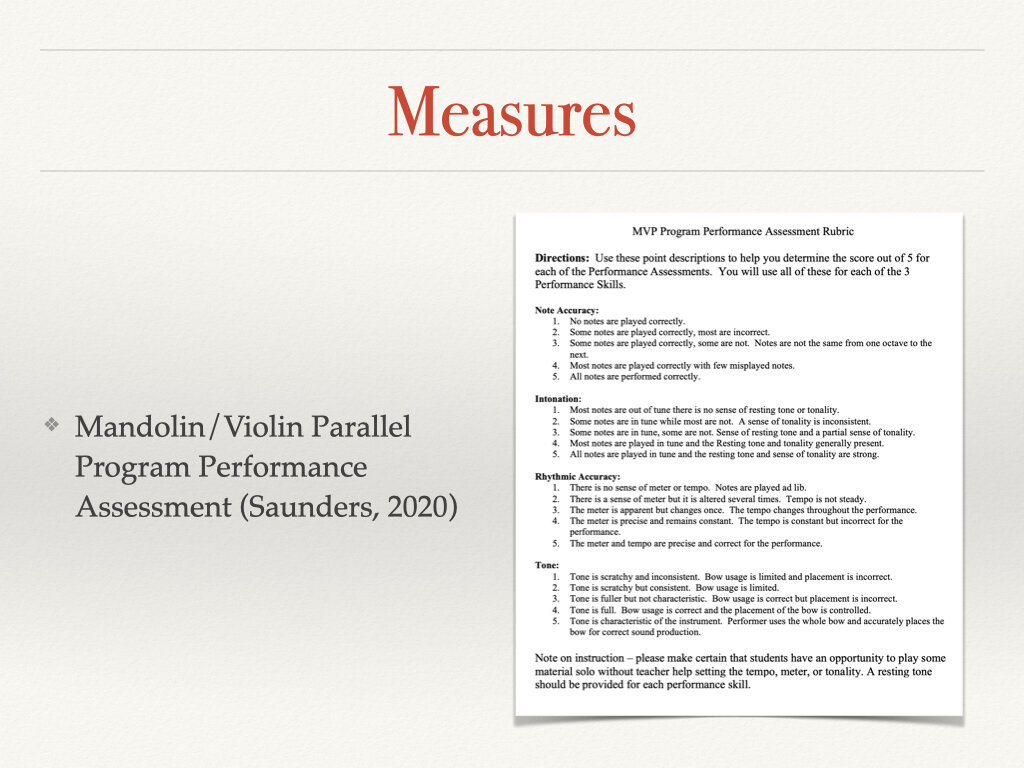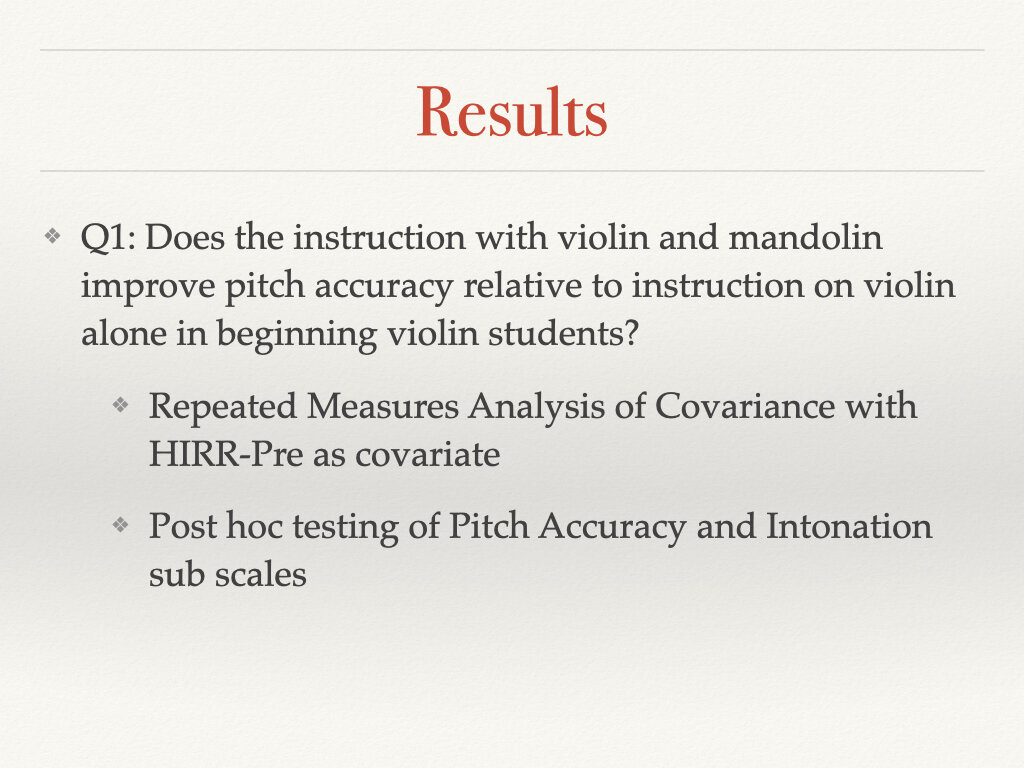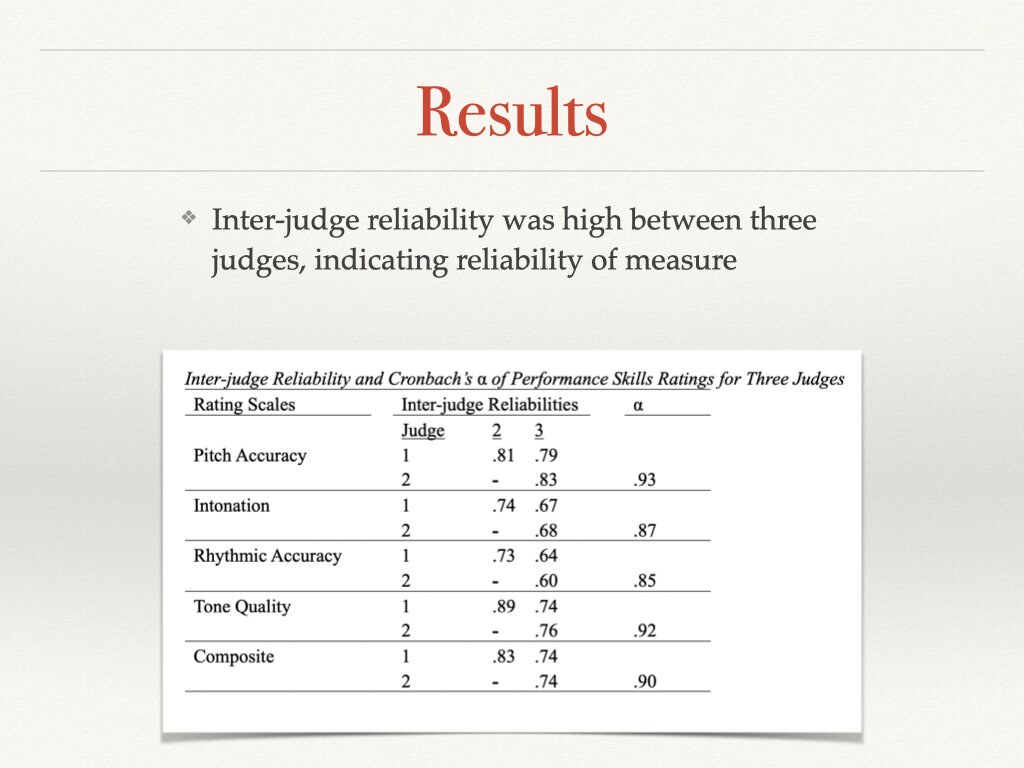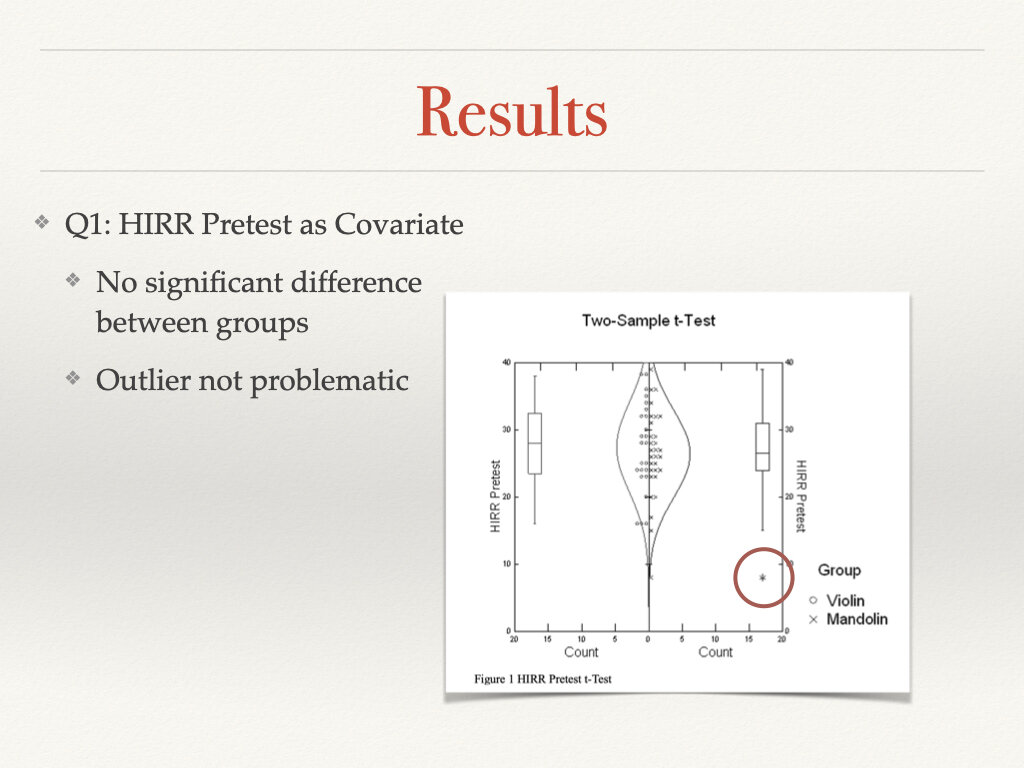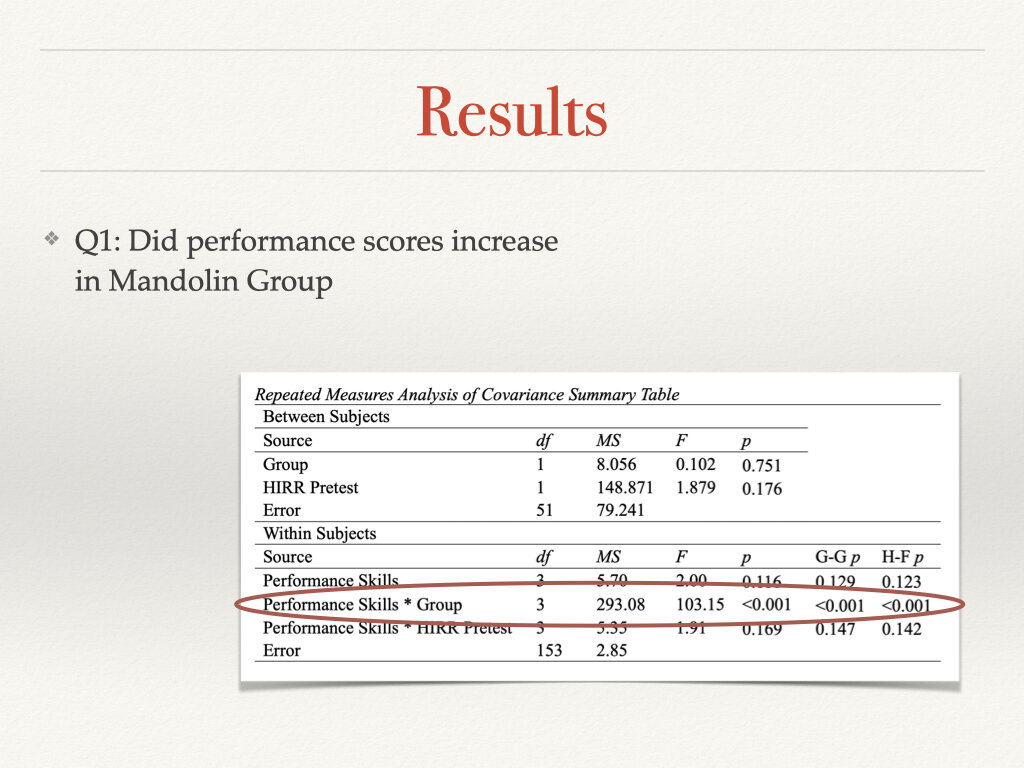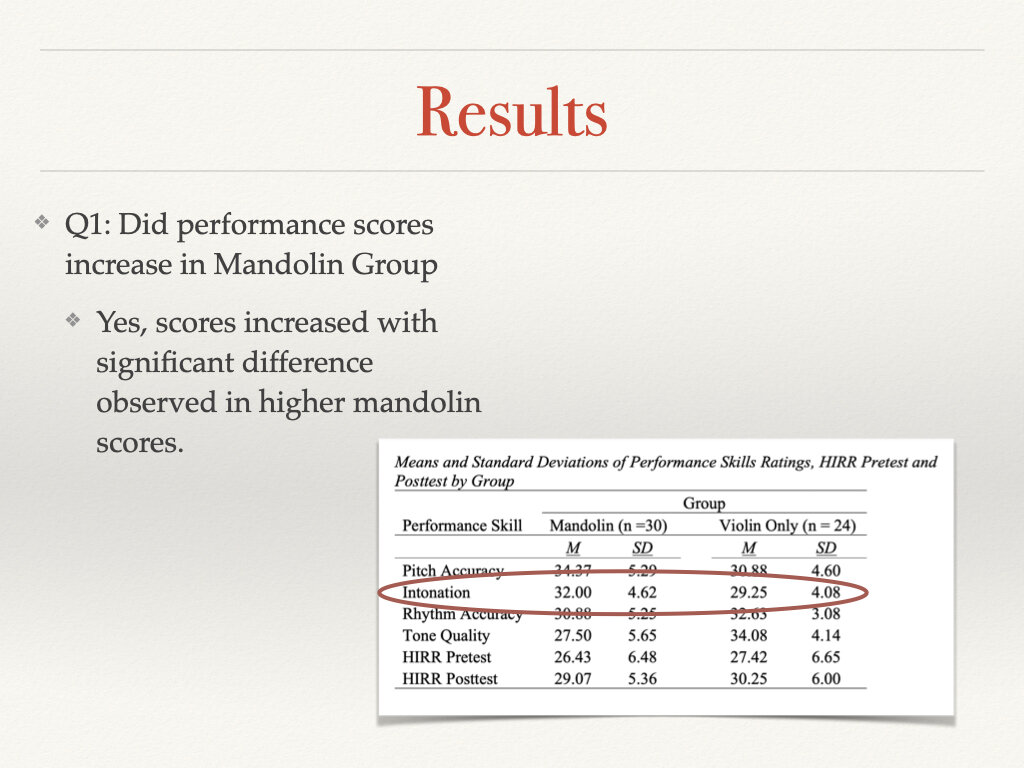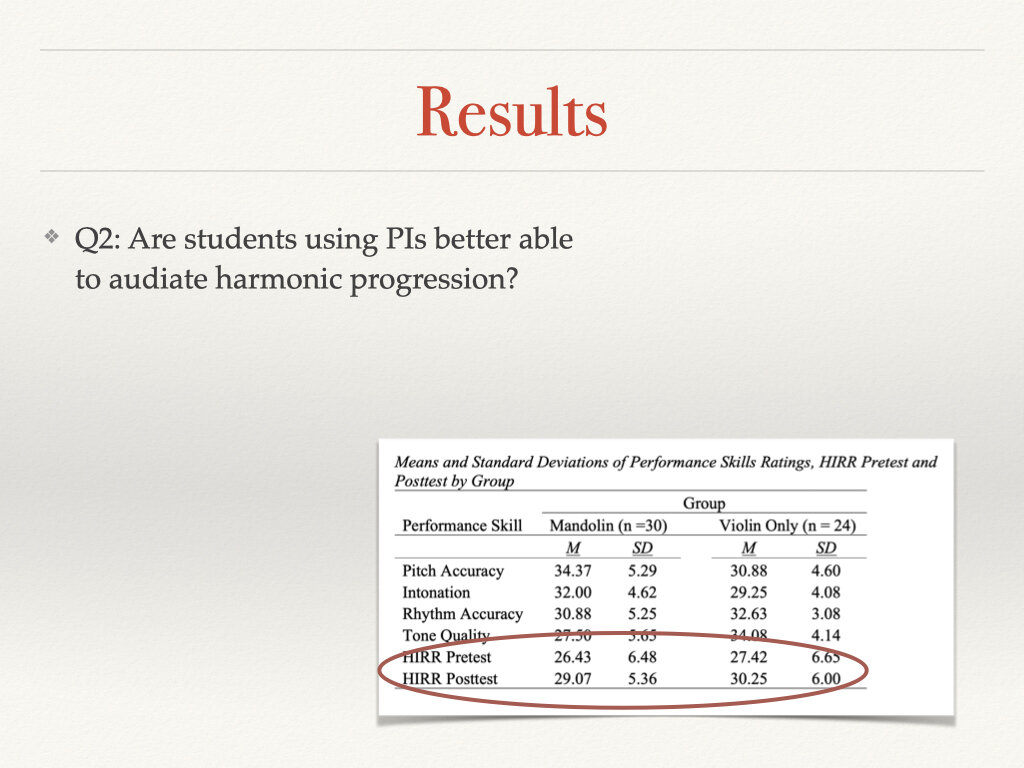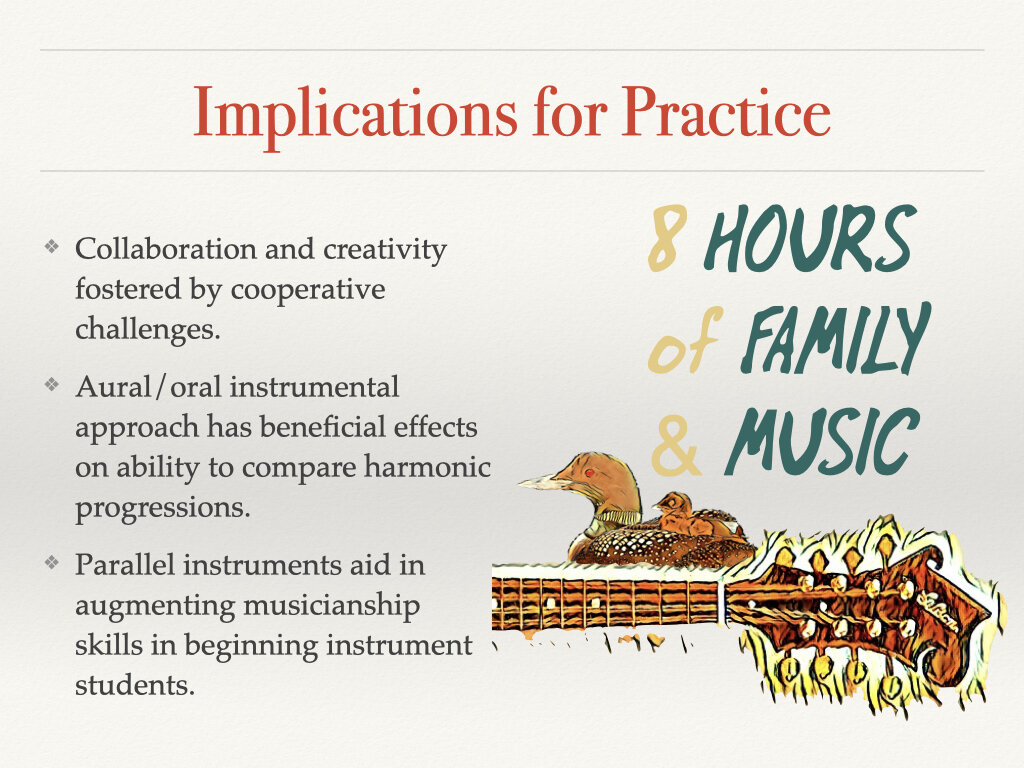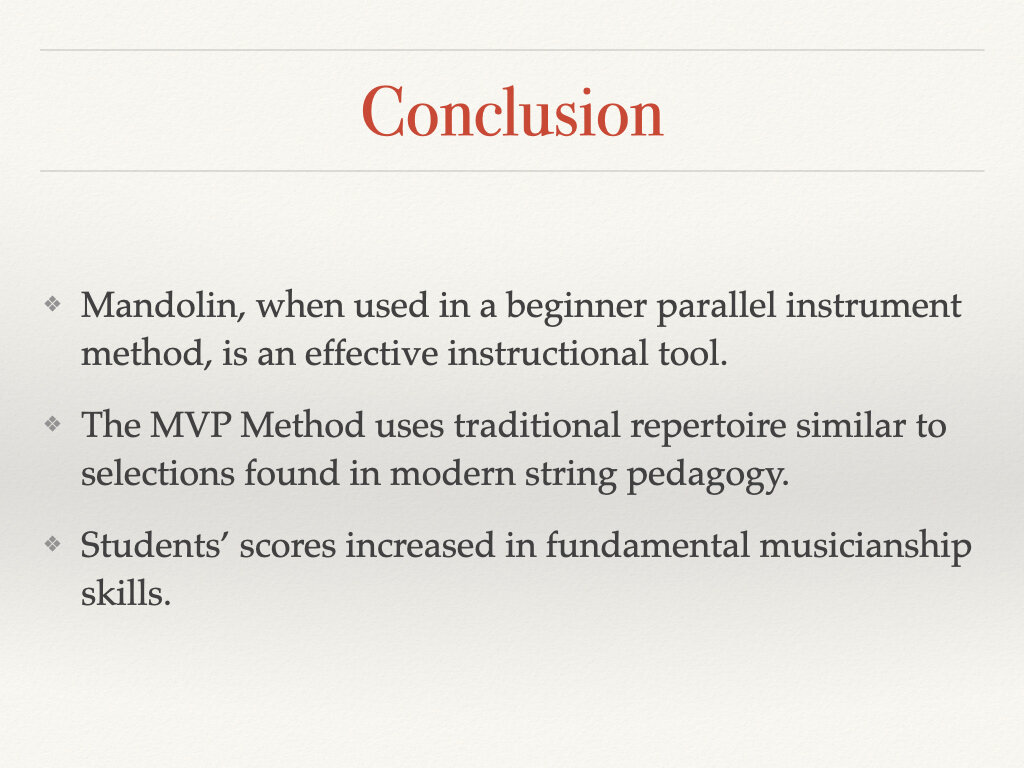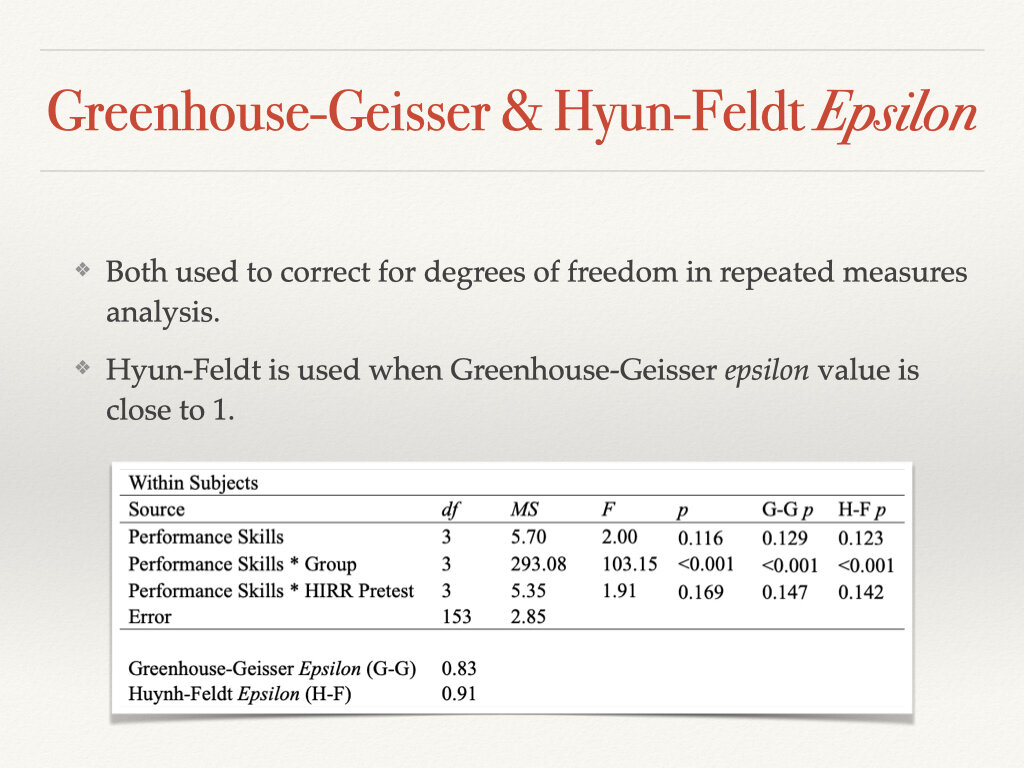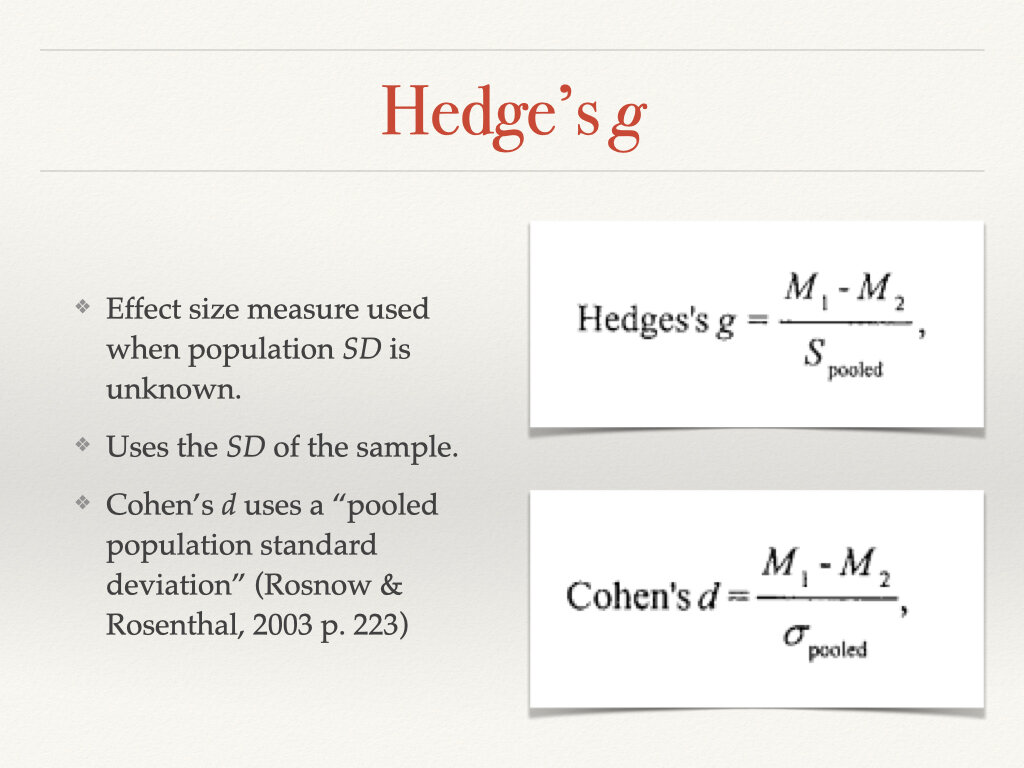Below is the transcript of a presentation made at the Desert Skies Symposium hosted by Arizona State University on February 19, 2021
Introductory instrumental music teaching is challenged by the need to teach both technical skill and musicianship concurrently. Many violin students begin instruction during their fifth year of primary school, at an age when developmental music aptitude and the ability to increase their music potential has stabilized. Rather than addressing the diversity of student’s musical foundations by incorporating aural skills together with initial executive skills, many teachers adhere to traditional methods of violin instruction. Many popular method books structure learning based on associating music notation directly to executive technique rather than associating aural tonal concepts with physical executive skills.
Instruments from the same family are often used by professional musicians for the purpose of doubling, or learning to play multiple instruments proficiently. Parallel Instruments, however, exhibit close aural characteristics (such as the same tonal range) but may be from different traditional instrument families. Examples of parallel instruments include upright bass and electric, various keyboard instruments such as piano, accordion, and melodica, and the focus pairing of this study, mandolin and violin.
Mandolin made its way into the hearts of the American population first through the use in small community ensembles such as the mandolin orchestra. Due in part to the proliferation of other instrument family ensembles such as banjo and guitar, and the popular trend of creating new categories of instruments to fit within such musical groups, the mandolin instrument family was developed in the United States beginning in 1890 with the establishment of Lion & Healy and Gibson instrument manufacturing companies.
The violin and mandolin, developed together in Italy during the mid-16th century, use the same tuning design and require almost identical left-hand technique for proper sound production. The playing position of the mandolin closely resembles preparatory techniques used for initial violin instruction. However, the physical differences, such as frets that are found on the mandolin as opposed to the fretless violin fingerboard, provide instructional advantages to teaching proper pitch accuracy and better intonation, particularly half step intervals and functional audiation of a sense of tonality and harmony through the practice of strummed chords. The violin and mandolin thus can be considered parallel instruments.
As far as can be determined, there is no modern research in the field of American music education that critically examines these potential benefits to beginning violin group instruction and learning with mandolin serving as a parallel instrument. There have been many attempts to use similar but not parallel instrumentation in beginning, intermediate, and advanced instrumental instruction or to increase executive skill building using digital tools. Rather than using abstract or foreign means to increase technical and musicianship achievement of beginning violin students (for example tapes on the fingerboard or use of pitch trainers), using the mandolin with violin concurrently at the commencement of instruction may provide greater benefit to many important aspects of music learning, specifically pitch accuracy and harmonic audiation skills.
The purpose of this study was to explore the potential benefits of the mandolin as a parallel instrument for improving aural and executive skill development on the violin for beginning violin students. Specifically, the supplemental instruction of mandolin in a beginner violin class was hypothesized to improve learning of executive skills such as left-hand preparatory technique, pitch discrimination, and harmonic function audiation. This research was designed to provide support for the development of a parallel instrument curriculum that includes the use of closely related instruments which provide visual, aural, and immediate feedback for first-year violin group lesson students.
The primary questions for this research were:
1. Does instruction with the parallel instruments violin and mandolin improve pitch accuracy relative to instruction on violin alone in beginning violin students?
2. Are students using Parallel Instruments (PI) better able to audiate harmonic function of simple folk-style music literature popular in beginning string pedagogy?
Fifty-four students from four school outreach strings programs in Miami-Dade County participated in this study. Thirty students were assigned randomly by lesson group to the Quasi-Experimental Mandolin group and 24 students were assigned randomly by lesson group to the Violin Only Control group.
The participants in this research were beginning violin students who started instruction on the violin 4 months prior to the study. The students were in grades 3-6 (approximately 8- to 11-years of age). Three teacher participants were graduate students who had been placed to teach at various Miami-Dade schools for a university outreach program. The three teachers had over 45 years of combined performance experience and had been working at their school since the previous academic year.
Teachers used a researcher created aural/oral method during the 16 week treatment. The Mandolin/Violin Parallel (MVP) curriculum consisted of four unit plans, each divided into A and B lessons. Section A of each unit lesson plan was designed so that all students used violins during instruction. Section B, focused on reinforcing skills learned in section A of each unit lesson plan, was designed so that the treatment group used mandolins during instruction while students in the control group practiced on violins in parallel musicianship activities. Each unit was designed so that sections A and B contained clear instruction for instrument groups, affording teachers the ability to schedule classes accordingly.
The MVP method incorporated repertoire and sequencing from the Jump Right in Instrumental Series. Unit One, Lesson A began with the rote song instruction of the traditional fiddle tune “Bile Them Cabbage” in the key of D major. Unit 4 introduced the combination of triple meter and minor tonality with a rote song instruction of the melody and bass line to “Minor Triple.” Each lesson consisted of the same structural elements: rote song instruction (singing and later playing), executive skill warm up exercises, musicianship skill acquisition activities, and performance practice. Lesson A musicianship skill exercises focused on melodic concept skill acquisition while Lesson B content reinforced rhythm concepts.
The measures used in this study to record student participant music aptitude and achievement was a Harmonic Improvisation Readiness record (HIRR) pre-test and posttest and a researcher created MVP Performance Assessment Rating Scale. The HIRR was chosen for both its high predictive validity and its brevity.
The HIRR pretest was administered 1 week prior to the start of the 16 week treatment. Four classes of 8-to-16 students each received two 30-minute lessons each week. One class of 10 students received both lessons during one weekly 90-minute class period. To reduce the possible impact of “teacher effect” on the results, I provided a model of appropriate MVP program instructional delivery each week in person during experimental treatment and through sending teachers digital video files of me teaching the curriculum content to students. Additionally, teacher participants videotaped every lesson that I collected in order to ensure consistency in instructional technique within the teacher participants. To minimize for motivation effects and possible treatment effects contamination, students in the control group were given the opportunity to play an electric violin during class instruction—a novel experience like the mandolins in the treatment group, yet similar to their usual violins.
At the conclusion of the experimental treatment, student participants were again administered the HIRR and were recorded playing excerpts from a researcher designed performance measure. To minimize problems or confusions with the rating scale, ten randomly selected student recordings were used to evaluate inter-rater reliability of the composite scores of the researcher designed performance measure as rated by the three judges used for final analysis.
Following these preliminary analyses, data were collected for the following research questions:
1. Does instruction with violin and mandolin improve pitch accuracy relative to instruction on violin alone in beginning violin students?
Overall analysis of variance of the MVP sub-scales (pitch accuracy, intonation, rhythm accuracy, and tone) with the HIRR pretest as a covariate to adjust for music aptitude level on a continuous scale was examined with the use of IBM SPSS Statistics 26 software. Additional post hoc analyses were examined on pitch accuracy, intonation, tone, and pitch accuracy plus intonation combined with the HIRR pretest covariate.
2. Are students using parallel instructional instruments able to audiate harmonic function of simple folk-style music literature popular to beginning string pedagogy?
The Harmonic Improvisation Readiness Record (HIRR) was administered at the beginning of the treatment and again after. Raw score means from the HIRR Pretest were applied as a covariate in a one-way univariate analysis of HIRR Posttest composite scores by instrument group.
Three judges were used to assess all students’ performances to increase reliability. To establish reliability of the judges rating student performances, pairwise Pearson correlations between each pair of judges on each performance skill rating and the composite ratings for the three performances are estimations of inter-judge reliability. Inter-judge reliabilities range from r =.60 and r = .89. Despite the relatively wide range of inter-judge reliability coefficients, the α coefficients are consistently high, with Rhythmic Accuracy having the lowest coefficient (α =.85) and the coefficient for the performance skills for the combined judges is (α = .90.)Ratings by the three judges were sufficiently consistent regarding both consistent rank ordering of students and in identifying consistent average performance levels (consistent means) across raters. This consistency improves the precision of the results and supports the content validity of the performance assessment scale.
There was no significant difference between HIRR pretest and post test scores which indicated a mild average increase in harmonic improvisation readiness from the use of the Mandolin/Violin Parallel curriculum. The HIRR Pretest was used as a covariate in this analysis to account for music aptitude on a continuous scale. There was an outlier case in the sample set and was discarded to allow for the set to be use as a covariate. The difference in means, standard deviation, and significance to the overall analysis remains similar with the outlier eliminated that it justifies deletion.
Significance in the difference of pitch accuracy scores was indicated through analysis. The mean scores for the experimental group were greater than those for the control group. Furthermore, convergence of the repeated measures analysis of covariance, the Greenhouse-Geisser Epsilon and the Huynh-Feldt Epsilon adjustments, and the multivariate model statistics support the validity of the main findings. For this reason it may be said that, for this sample, the students who use mandolin half of the time in class demonstrate higher pitch accuracy achievement than those who received no instruction on mandolin.
Significance was also indicated in the difference in intonation scores between groups. Mean achievement scores for the intonation sub scale of the MVP performance assessment were higher in students who received instruction on mandolin than those students who received no mandolin instruction. The connection between executive skills needed for pitch accuracy and correct intonation are similar enough that the results from a composite score analysis of combine pitch accuracy and intonation was significant. This reinforces the effect of parallel instrument pedagogy on musicianship skills.
Both groups showed a mean increase in HIRR scores indicating that an aural/oral approach to music learning has a positive effect on the ability to discern one harmonic progression from another. The MVP curriculum reinforces musicianship skills through an aural/oral approach that uses standard beginning violin repertoire in a novel way.
Novel approaches to music learning require an understanding of the embedded learning outcomes of traditional music performance settings. A string orchestra setting, common to North American school music programs, aids in the development of musicianship skills such as critical listening, harmonic progression discrepancy, and informative musical movement among many others.
In this research, students participated in traditional group strings classrooms, primarily violin with a few other string family instruments present in certain cases. Traditional approaches to this learning setting include learning single line melody in early instruction. The MVP method has students playing melodies and basslines of standard string instructional repertoire. This pedagogical approach utilizes collaboration within the students very early to establish skills necessary to build a creative practice. Further, this research design employed teachers with little to no experience on the mandolin. The possible effect of this situation, unique to the research design, is the collaborative effort to learn a new instrument between teacher and students. The skill progression that the teachers were being asked to demonstrate for the students was not difficult but it might have been reassuring to the students to see their teacher overcome challenges presented by the mandolin.
Learning to play a string instrument is incredibly difficult and requires a young beginner to learn musicianship skills quickly to overcome physical challenges inherent in playing a complex musical instrument. Many beginning string instrument methods employ traditional approaches to instruction that purposefully avoid developing musicianship skills in favor of establishing executive ability on an instrument. Often this is done by presenting notation to be used as a sort of tablature system for learning repertoire without internalizing the musical components such as melody, bass line, and harmonic function. An aural/oral methodological approach such as the MVP method is focused on developing students’ ability to discern pitch, compare harmonic clusters, and play with better intonation.
Many common beginning instructional instruments have been appropriated from foreign music cultures and used within the context of North American standard instructional repertoire. Mandolin was designed to perform and accompany the same music repertoire as the violin. The construction and tuning design were purpose built to address the challenges of this music. Artists have shown the versatility of the mandolin through modern performances in varied world music. The outcomes of a parallel instrument pedagogy are specifically musical in nature. However, through establishing internalized musicianship skills early in a young instrumentalists development, students can access a world of music beyond the standard repertoire of their chosen instrument. As seen in this study, using a parallel instrument such as the mandolin in beginning classes helps establish two key fundamental musicianship skills setting a foundation for developing creative musicianship.

